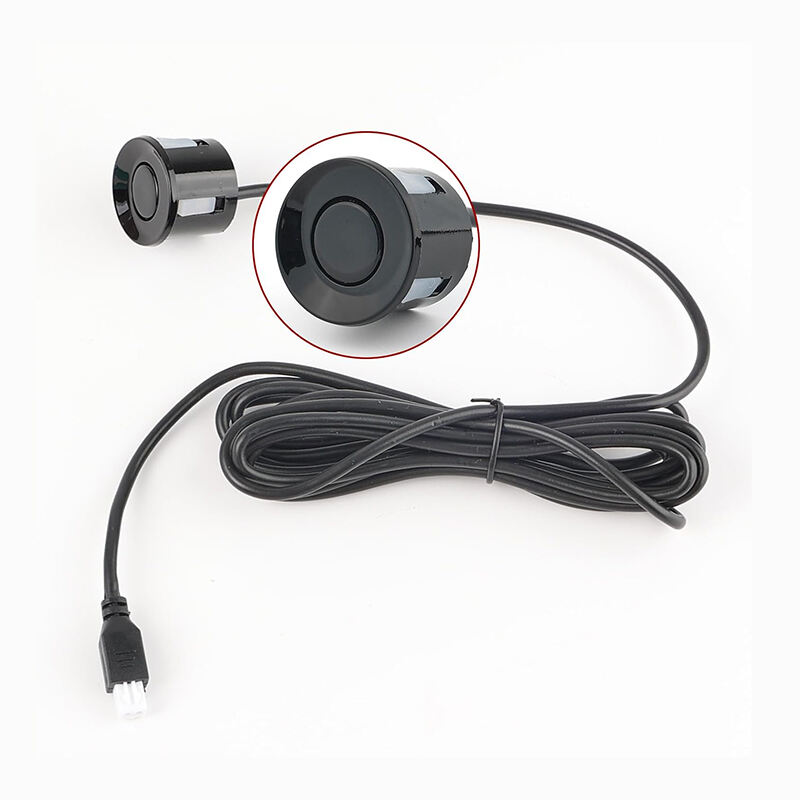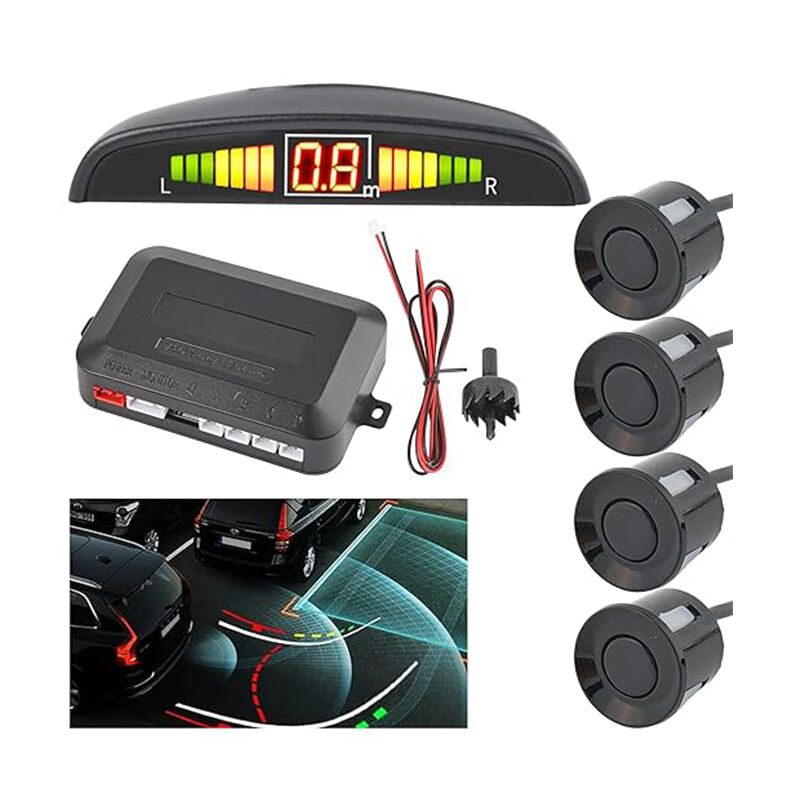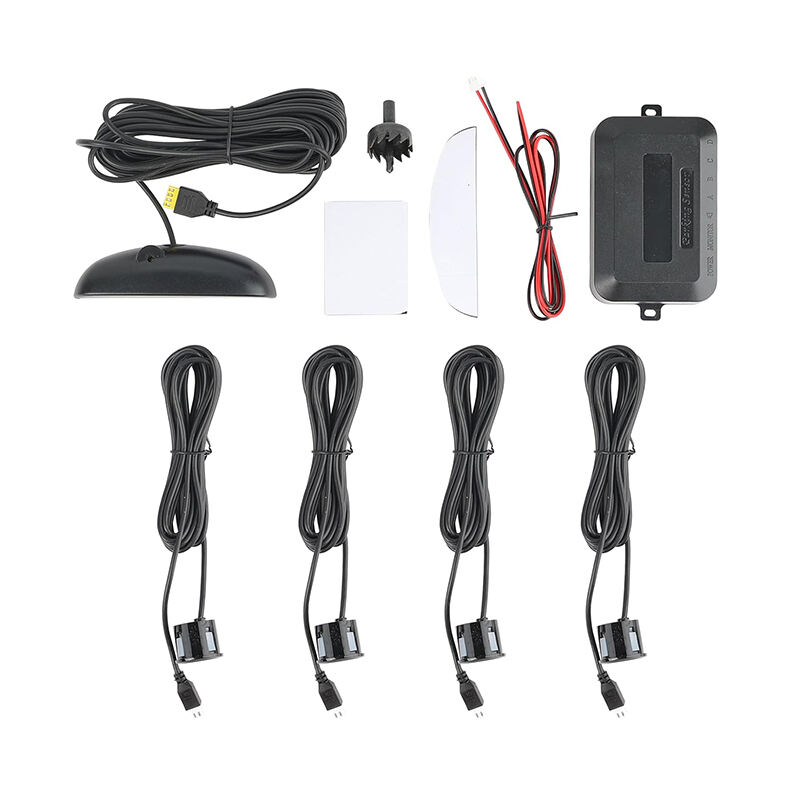voertuig voorsensor
'n Voertuigvoorproximiteitsensor is 'n gevorderde veiligheidstegnologie wat ontwerp is om obstakels en moontlike gevaar in vore van 'n voertuig te探测. Hierdie sofistikeerde stelsel maak gebruik van ultra-geluide of elektromagnetiese golwe om die afstand tussen die motorvoertuig en nabygeleë voorwerpe te meet, waarmee real-time terugvoer aan die bestuurder verskaf word. Deur middel van strategies plaasveranderingse sensors in die voorspoor, skep hierdie tegnologie 'n onsigbare veiligheidsone wat die voertuig se omgewing voortdurend monitoeer. Wanneer 'n voorwerp in hierdie opsporingzone kom, wys die stelsel die bestuurder dadelik deur verskeie waarskuwingmekanismes, insluitend visuele weergawes, hoorbare waarskuwings of taktil feedback. Die sensordeteksierange strek tipies van 'n paar duim tot verskeie voet, wat omvattende dekking bied vir verskillende bestuursscenario's. Moderne proximiteitsensors word geïntegreer met ander veiligheidstelsels, soos outomatiese noodremming en aanpasbare kruisbestuur, om 'n omvattende veiligheidsnetwerk te skep. Hulle funksioneer effektief in verskeie weeromstandighede en verligtingsituasies, wat hul betroubare veiligheidskameraats maak vir sowel dag- as nagbestuur. Hierdie tegnologie het al hoe meer sofistikeer, met hoër resolusiedeteksie, vinniger reaksietye en verbeterde akkuraatheid in die identifisering van verskillende tipes obstakels, van ander voertuie tot voetgangers en kleiner voorwerpe.


